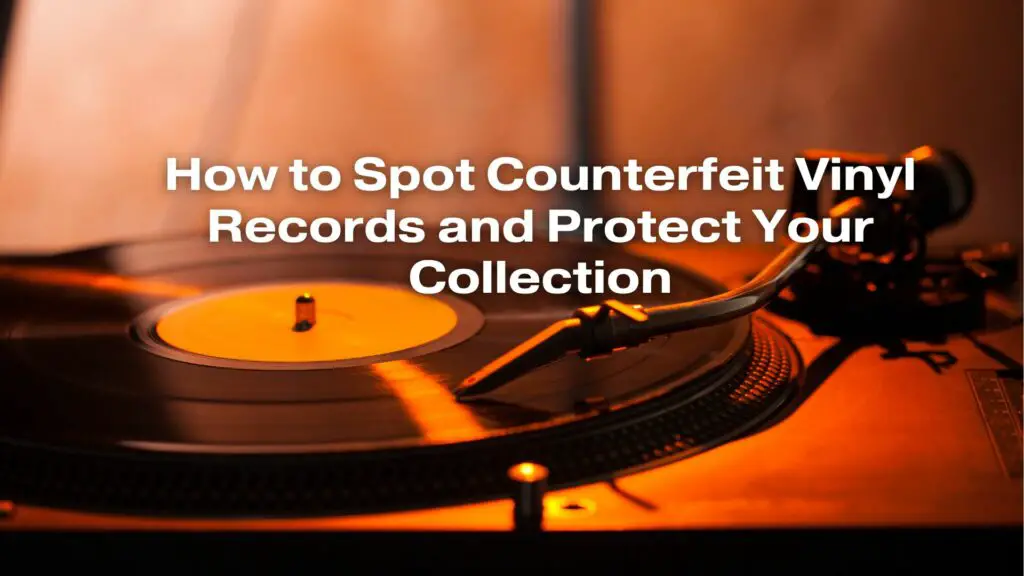Vinyl record collecting is a passion for many, and with the rise in popularity of vinyl, counterfeit records have become more prevalent. It’s essential to be able to spot counterfeit vinyl records to protect your collection from scams and ensure that you’re getting what you pay for. In this article, we’ll discuss how to identify counterfeit vinyl records and safeguard your collection.
1. Research and Verify the Release:
Before making a purchase, research the specific release you’re interested in. This includes checking the catalog number, label, and release details. Many counterfeit records have small discrepancies in these details that can be spotted by informed collectors.
2. Examine the Cover Art and Packaging:
Counterfeiters often have difficulty replicating the exact details of album covers and packaging. Look for discrepancies in color, printing quality, font, and overall design. Compare the cover to a known authentic version.
3. Check the Vinyl’s Quality:
Counterfeit records are often pressed with lower-quality vinyl, resulting in poorer sound quality. Look for surface irregularities, such as bubbles, pits, or visible impurities in the vinyl. Authentic records are generally pressed with more care and have a smoother appearance.
4. Inspect Labels and Runout Grooves:
Examine the labels on the record for signs of counterfeiting. Compare them to authentic versions to check for differences in font, logo size, and overall design. Additionally, inspect the runout grooves for etchings or markings that should match the known authentic version.
5. Listen for Sound Quality:
Sound quality can be a significant indicator. Counterfeit records often have inferior audio quality due to subpar mastering and pressing. If possible, listen to the record before purchasing or request a sample if buying online.
6. Compare Weight and Thickness:
Counterfeit records may use lighter and thinner vinyl compared to authentic pressings. If you’re familiar with the weight and thickness of the original release, this can be a valuable indicator.
7. Be Cautious with Limited Editions:
Counterfeiters often target limited edition or rare records. If a limited edition is offered at an unusually low price, it’s a red flag. Research the release and seller thoroughly.
8. Buy from Reputable Sellers:
Purchase records from reputable sources, such as established record stores, known online retailers, and trusted collectors. Be cautious when buying from unknown or unverified sellers.
9. Beware of Online Marketplaces:
When buying online, especially from individual sellers, exercise caution. Check the seller’s ratings, reviews, and history. Ask for additional photos and details about the record.
10. Utilize Record Collector Communities:
Join vinyl collector forums, groups, and communities where experienced collectors can provide advice and authenticate records. They can be an excellent resource for spotting counterfeit releases.
11. Seek Professional Appraisal:
If you’re considering a high-value or rare record, consider having it professionally appraised or authenticated by an expert.
12. Trust Your Instincts:
If something doesn’t feel right about a record, trust your instincts and conduct further research. It’s better to pass on a purchase than risk acquiring a counterfeit.
Counterfeit vinyl records can be disappointing and harmful to your collection’s value. By educating yourself, staying vigilant, and seeking advice from trusted sources, you can protect your vinyl collection from counterfeit records and enjoy the authentic and high-quality music that vinyl offers.


